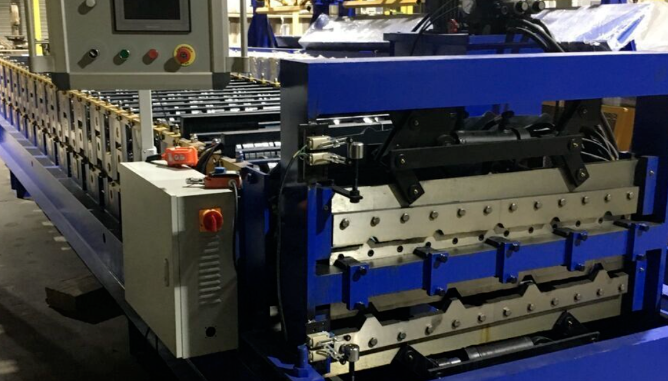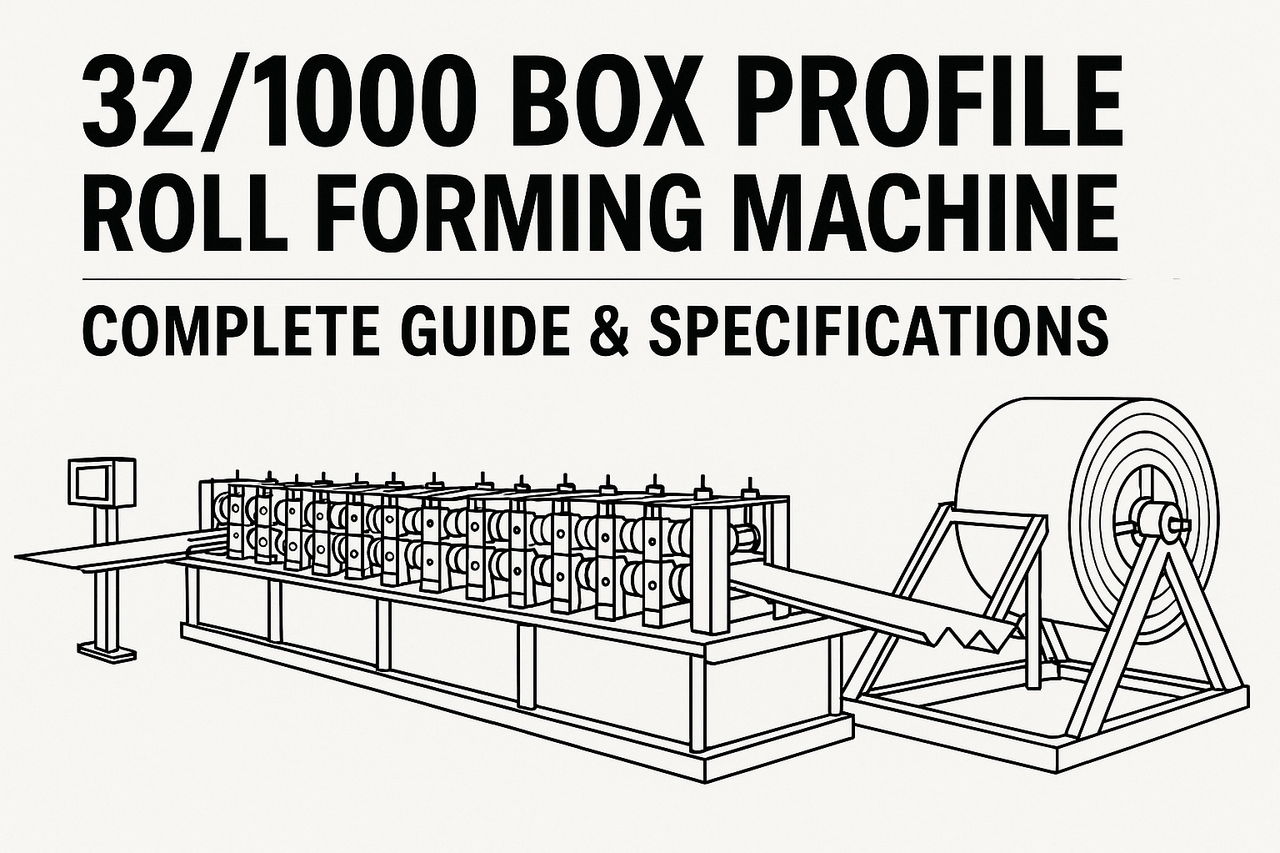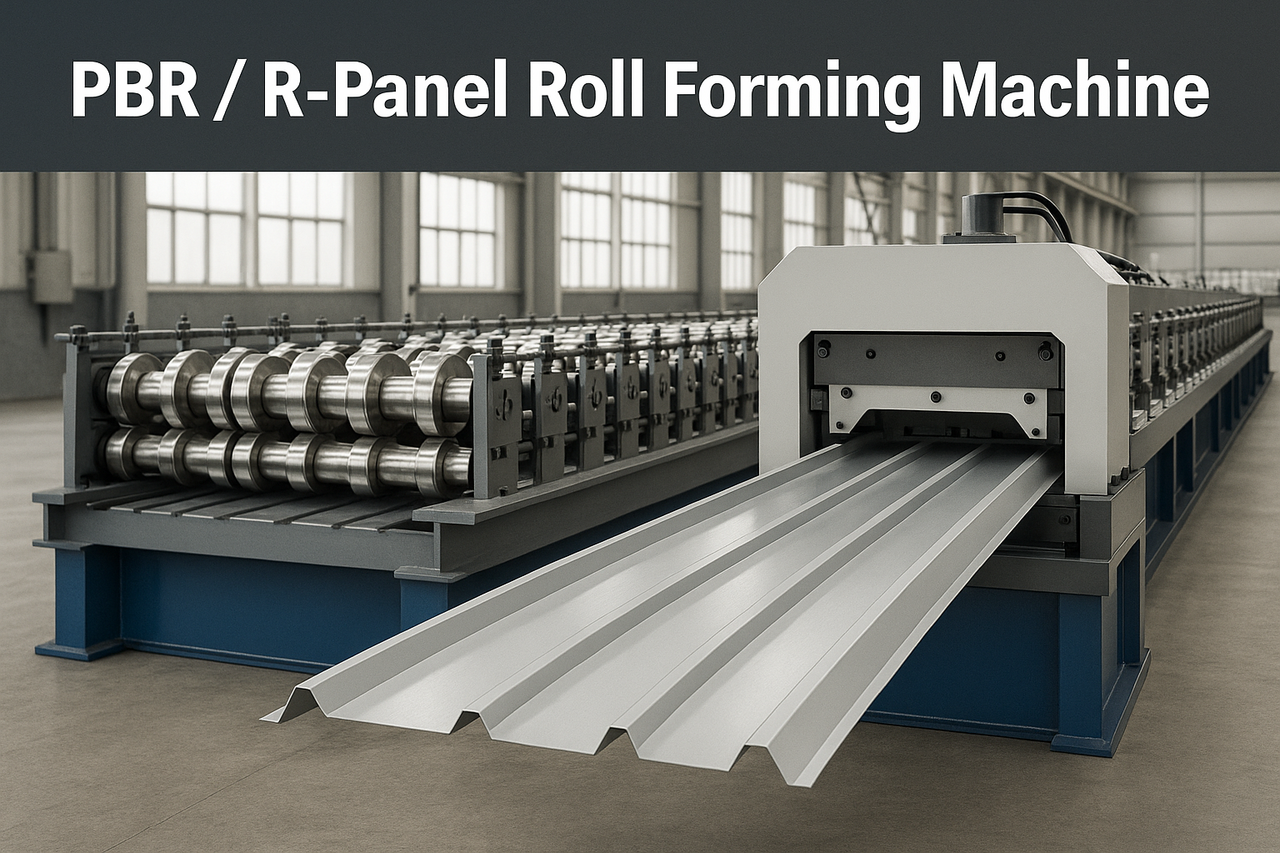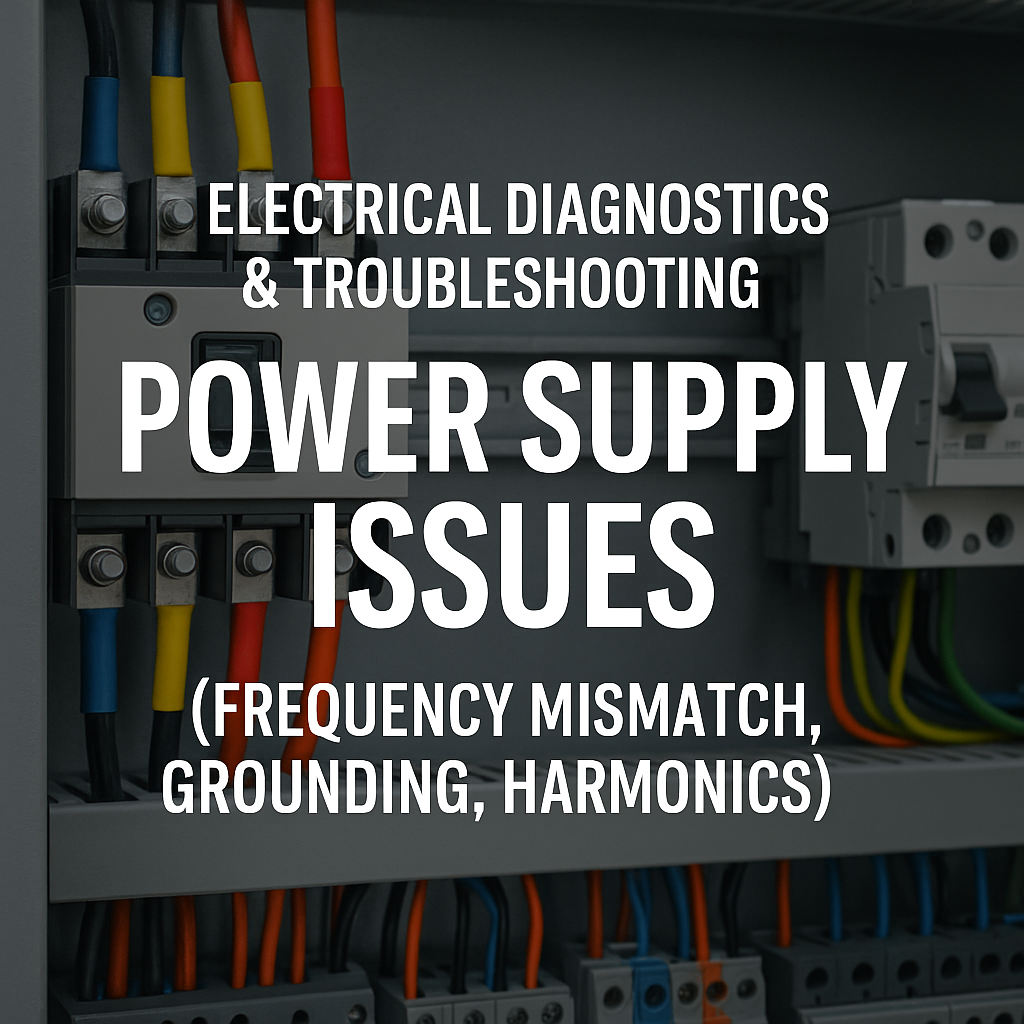Here are several strategies and upgrades that can enhance safety:
- Emergency Stop Systems: Install strategically placed emergency stop buttons or pull cords, ensuring that operators can quickly shut down the machine in case of an emergency.
- Protective Guarding and Enclosures: Equip the machine with safety guards and covers over moving parts, especially around pinch points, to prevent accidental contact. Safety interlocks can ensure the machine won’t operate unless the guards are properly positioned.
- Safety Sensors and Light Curtains: Incorporate light curtains or laser scanners that detect the presence of personnel in dangerous areas and immediately stop the machine if someone enters.
- Two-Handed Operation Controls: Ensure that the machine can only be operated with both hands, preventing the operator from inadvertently placing their hands in hazardous areas.
- Proper Training for Operators: Provide thorough training to operators on the machine’s functionality, safety features, and the importance of personal protective equipment (PPE) like gloves, glasses, and hearing protection.
- Safety Mats and Floor Markings: Install safety mats with sensors or use clearly marked zones to help keep workers at a safe distance from the machine when it’s running.
- Anti-Vibration and Noise Reduction: Excessive vibration and noise can lead to long-term injuries or fatigue. Improving vibration dampening mechanisms and ensuring noise levels remain within acceptable limits can make the environment safer.
- Periodic Maintenance and Inspections: Regular inspections and maintenance of the roll forming machine ensure all safety features function as intended and help identify potential hazards before they lead to accidents.
- Automation: Automation of certain operations can help minimize human interaction with hazardous machine areas, reducing the risk of injury.
Implementing these safety measures will help ensure that double layer roll forming machines operate securely, protecting both workers and equipment.



